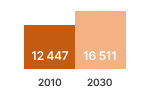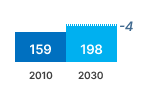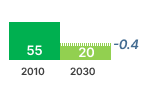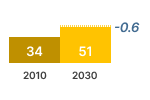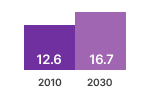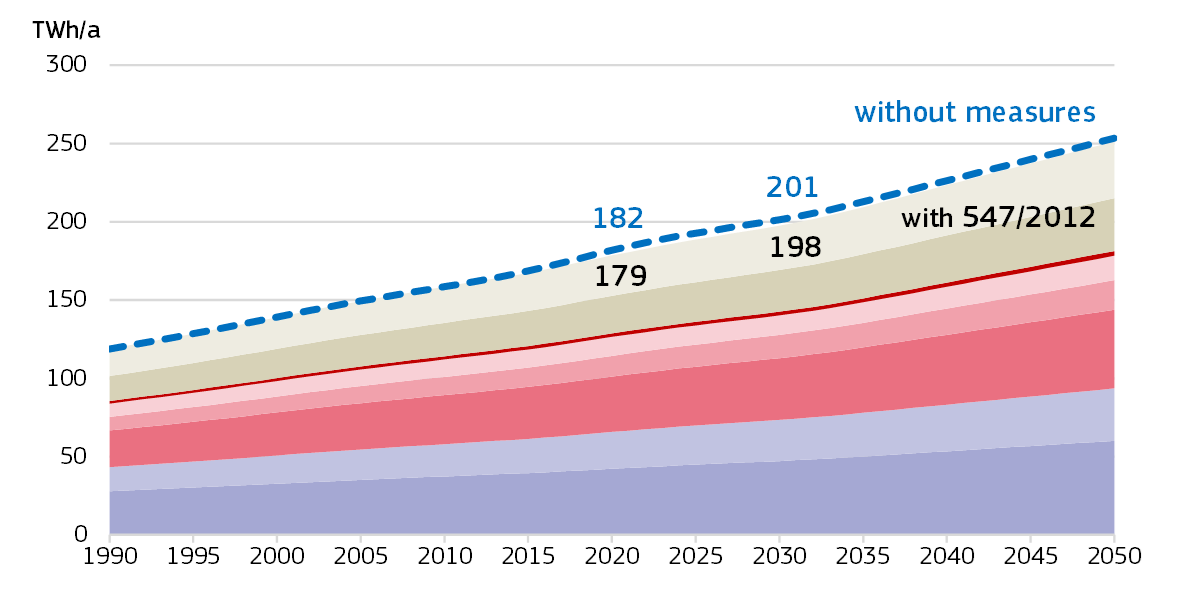Commission Regulation (EU) 547/2012 (“the Regulation") sets minimum energy efficiency requirements for different types of rotodynamic water pumps, including when integrated in other products. The regulation also sets mandatory information requirements including energy efficiency.
The hydraulic efficiency of a pump is the hydraulic power supplied to the fluid (in Watts, calculated as head (pressure) times flow) divided by the mechanical power delivered to the pump shaft (in Watts, calculated as torque times angular speed).
The metrics used in the Regulation is the ‘Minimum Efficiency Index’ (MEI). It is a dimensionless unit that represents the percentage of inefficient pumps that are removed from the market, based on the market survey carried out in the preparatory study in 2008. For example, MEI ≥ 0.40 means that the requirement is set in such a way that 40 % of the models on the market are eliminated because of their low efficiency. These models need to be re-designed or replaced by more efficient ones. The Regulation contains formulae that relate the MEI to the measured hydraulic efficiency.




